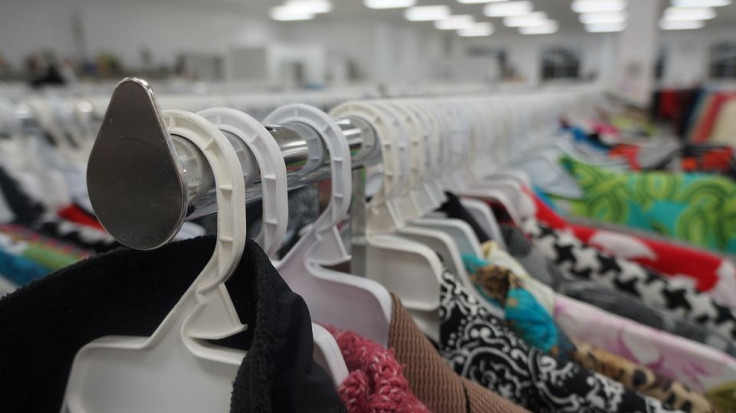National Secondhand Wardrobe Day: Reasons Why You Should Shop At A Thrift Store
Everyone might have a piece of cloth worn once or twice, only to be discarded forever. While this piece of clothing may be gathering dust in our closet, someone else may be searching for that exact piece. There lies the significance of secondhand wardrobe.
While not many favor buying used clothes, thrift shops do have a good market in the U.S. The reasons are many, including creating a trend that helps us cuts back on waste and save the environment. Shopping secondhand can also get us some rare and limited stock pieces.
The National Secondhand Wardrobe Day is observed every Aug. 25 to remove the stigma surrounding secondhand clothing stores or thrift shops and encourage saving.
Here are few reasons why you should go for secondhand wardrobes.
1) High-quality pieces for cheap prices: This is one reason why we should go to a thrift shop. One can get branded or high-quality products from thrift stores for up to half the price. Also, many prefer secondhand products, especially clothes, as firsthand products are too pricey despite being poor quality.
2) Saving the environment: Studies say the fashion industry is the second-largest industry in the world and the second-largest polluter of the environment. That itself is enough for us to do our bit to cut back on waste. Buy used clothing and avoid using more resources. A 2015 study says that the demand for more new goods will decrease if there is a constant supply of used products in the market.
3) Stopping fast fashion: Buying secondhand also slows down the demand for fast fashion. Many fast fashion brands, which replicate catwalk trends, spit out new cheap clothing because a lot of us think clothes are easily discardable. Slowing down fast fashion can force such companies to switch to a more sustainable model. Sweden has established fashion chains that also sell used clothing. More brands can replicate this model.
4) Extending the life of an item: Secondhand wardrobe stores ensure that an item is used to its full capacity. Teach yourself to keep an item in excellent condition so that you can resell or donate it later. The reuse and recycling process ensure fewer items end up in a landfill.

© Copyright IBTimes 2024. All rights reserved.




















